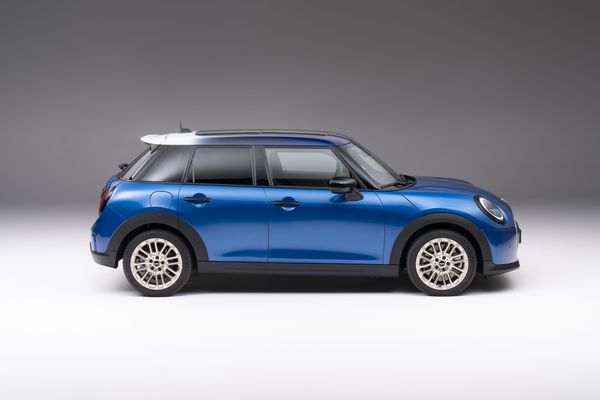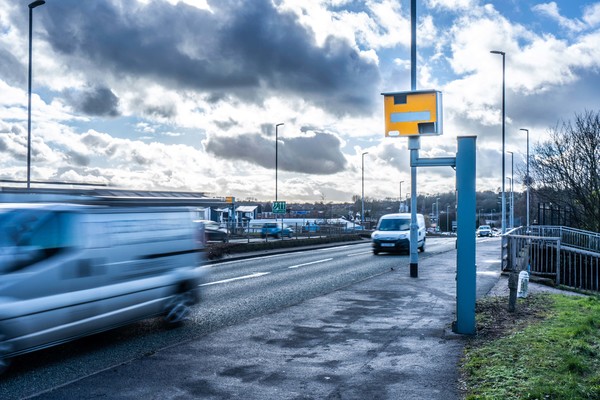MAKING small changes to way you drive and look after your car can add up to big overall savings at a time when money’s tight. Let’s look at what you can do to ease the pressure on your pocket.
Starting with fuel and shopping around to fill up with the best-priced, good quality fuel you can find. If you like a bargain, you can use one of the fuel price monitoring websites, but buying locally has a dual benefit: it supports local businesses and travelling further to get cheaper fuel wastes time, fuel and causes wear and tear on your vehicle – penny-wise, pound-foolish.
Driving gently to avoid heavy acceleration can reduce fuel consumption hugely, with aggressive drivers adding up to 40 per cent to their fuel bill. Try adapting your driving style by planning journeys; choosing to drive when the roads are quieter (when possible, of course) can reduce usage by a hefty 15 per cent.
What about premium fuel? Well, it has a higher-octane rating and is claimed to offer better performance as well as engine protection and cleaning qualities compared to standard fuel, but for most of us the reality is that we’re unlikely to see much of a difference. Also, premium fuel is around 10p per litre more and, considering sky-high fuel prices, you’re arguably better off sticking with regular fuel.
Car insurance, particularly for younger drivers, can be somewhere else to cut costs. Remember always to haggle when you get a quote. and you can also tweak policy details. If, for example, you aren’t hitting your quoted mileage figures, lower your mileage estimate – the fewer miles you drive the cheaper your insurance can be. You can also increase your voluntary excess to lower the premium, but remember to do so only to an amount you can afford if you need to make a claim. Never use auto-renewal as inevitably your company will take advantage of your loyalty and charge you more. Always ring your provider to discuss renewal, but only after using a comparison site to get an idea of what a fair policy price is.
You can also save money on your annual MOT,. Almost half of all MOT test failures could be avoided if owners carried out regular maintenance checks: simple things like checking lights, tyre tread depth. And always remember to get an under-body wash before your test – examiners really appreciate it if you make things a little easier for them and are more likely Last but not least, always ensure your tyres are correctly inflated. Under-inflation (slow punctures, for instance) affect grip, increase fuel usage and promote excessive tyre wear; a puncture repair costs around £10 whilst replacing an average tyre will cost between £60 and £100.
Similarly, a windscreen chip can be repaired for as little as £50 whilst a replacement screen can cost more than £400. If you find either that slow puncture or chip, don’t wait, save money – get them repaired.
The Wright stuff at Kirkistown
STEPHEN Wright and Ger Conway (right) emerged victorious by the slenderest of margins at the Kirkistown Stages Rally last Saturday when they held off a late charge by the Co Down pair of Jonny Greer and co-driver Brian Crawford to win on the Ards Peninsula Circuit by just one tenth of a second.
In a packed field of competitors, the North Armagh Motor Club entry boasted 20-plus R5 rally cars – an amazing turnout. From the start Stephen Wright surprised many, going 5.1s faster on the opening stage as his rivals struggled on the wrong tyres. Both second-placed Greer and third-placed Derek McGarrity had chosen poorly for the conditions, but after the first service and some correct rubber, they were men on a mission. The new tyres worked a treat and Greer was fastest through stage two, almost halving Wright’s lead in the process. However, the leader was determined to claim a third Kirkistown win and he went back on the attack. He claimed fastest times through stages three and four but only by one-tenth of a second.

Greer won the penultimate stage and was now just 1.2s behind with just that last stage to go. Greer was quickest through the stage, almost overturning Stephen’s lead, but it wasn’t quite enough and it was Wright by one-tenth of a second! Wright, who is not registered for the Championship was delighted to win, and although Jonny had to settle for second, he still secured maximum championship points, placing him top of the McGrady Insurance N.I. Championship table, marking a near-perfect start to his title defence.
In the tussle for third, Derek McGarrity was having fuel pressure troubles which cost him precious time, eventually succumbing to the pace of both Aaron McLaughlin and Gareth Sayers. McLaughlin and navigator Darren Curran were third while Sayers and Gareth Gilchrist took fourth after a day that saw the latter struggle through the tight stuff. Derek managed to cling on to fifth ahead of Stuart Biggerstaff, who in his efforts to catch Derek had a couple of fastest stage times himself, but he was still sixth – four-tenths adrift. Joe McGonigle was seventh, Jason Dickson eighth, with Darren Gass struggling back in ninth ahead of Michael McGarrity who completed the top 10. It was good to see James Leckey back after a 25-year lay-off, finishing a credible 19th in a McKinstry Motorsport Fiesta; Emma McKinstry in a similar car was 14th. In the two-wheel-drive category, Jason and Gareth Black brought their stunning Toyota Starlet home to a well-deserved category win and eighteenth overall.
The championship action now moves on to the next round of the championship, the Ballynahinch and District Motor Club’s Race and Rally Stages at Bishopscourt Race Circuit on March 11.
Six best cars for women
THE Women's World Car of the Year jury has announced the winners in each of this year’s six categories, with safety, drivability, comfort, technology, design, efficiency, impact on the environment and value for money having been considered by a team of 63 women motoring journalists from 45 countries.
The challenge faced by the jurors this year was even greater than in previous years due to the excellent quality of all of the cars tested, which have been subject to demanding driving tests, detailed analysis and careful comparative assessments. The six winners go through to the final round of judging to determine the winner of top award. The winner will be announced on the organisation's YouTube channel on the March 8, which is International Women's Day.
The 2023 Women’s World Car of the Year Category Winners are:
Urban Model –the Kia Niro. Spacious, practical, safe, easy to drive, with several eco-friendly powertrains available (HEV, PHEV and BEV) and very low fuel consumption.
Family SUV – the Jeep Avenger. Jeep's first 100 per cent electric vehicle has been a success, with excellent off-road capability despite being front-wheel drive.
Large Car – the Citroën C5 X, offering exceptional comfort, roominess, attractive design, and it’s available with petrol and plug-in hybrid drives.
Large SUV – the Nissan X-Trail. This is a large SUV with plenty of interior space and the option of seven seats. It is efficient in difficult terrain and is offered with Nissan's e-power technology, a hybrid solution in which the electric motor is the only engine that works as a propulsion system.
4X4 – the Ford Ranger. A reliable, stylish and charismatic pick-up, it moves with ease over any terrain. It's as efficient as an off-roader, but practical thanks to its cargo box.
Performance Car – the Audi RS 3. A very sporty model that incorporates all the technology that Audi has developed in circuit racing.









